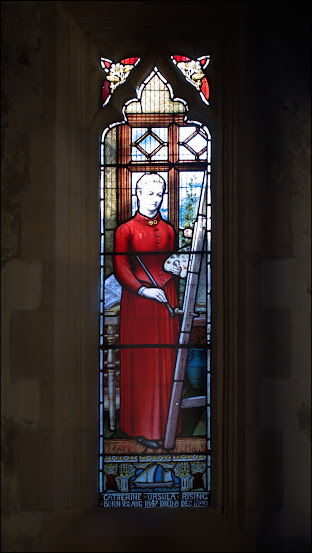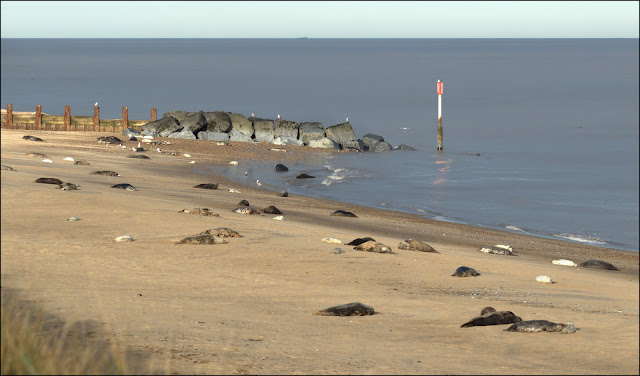It's become something of an annual habit of mine to trawl back through my photos at this time of year and make an imaginary calendar from the shots I deem most suitable. Apart from December's picture, all of them were taken during the last year.
January
A cottage that was once one of many pubs in my village. Now there's just one.
This was taken early one January morning.
February
Snowdrops in my local wood.
March
Out on Wicken Fen, Konik ponies are used for conservation grazing.
April
Bluebells grow wild in Hitch Wood, Hertforshire.
May
 Hatfield Forest, buttercups in the meadows.
Hatfield Forest, buttercups in the meadows.
June
Cricket on the green in Barrington.
July
The "Foggy Bottom" garden at Bressingham.
August
Heather blooming on Roydon Common in north Norfolk.
September
Fishing boats on the beach at Aldeburgh.
October
Knettishall Heath in Suffolk.
November
Sunlight catches a lone tree on one of my morning walks.
December
Ely Cathedral at Christmas time.
Lets hope for a good year in 2022.
Take care.





















































